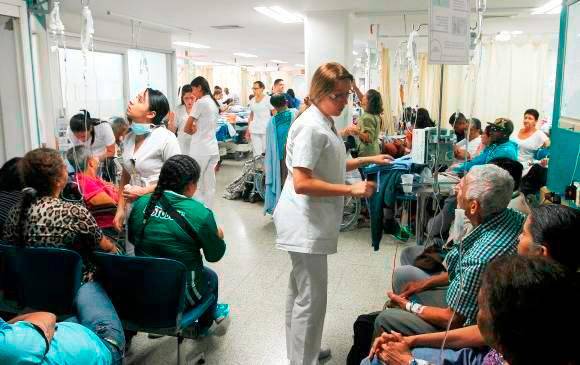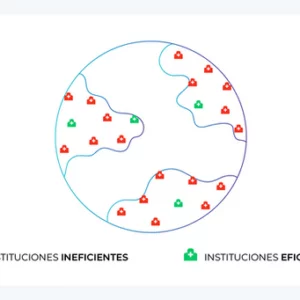Colombia’s healthcare system is facing one of its worst crises in decades. A recent report by Así Vamos en Salud reveals an alarming situation: EPS (Health Insurance Providers) have accumulated operating losses exceeding 3.1 billion-pesos nd a net negative equity of -7.1 billion-pesosAdditionally, a 106.1%claims ratio threatens the medical care of millions of Colombians.
What Does This Mean for the Healthcare Sector? Simply put, EPS are spending far more than they earn, healthcare providers aren’t receiving timely payments, and patients are suffering the most. But this crisis doesn’t have to be a final verdict. With concrete measures, we can still prevent total collapse.
Capitation Payment Unit (UPC) resources.
The misalignment of the UPC is one of the key factors behind the financial imbalance. Current allocations do not reflect rising medical costs or inflation, creating a structural deficit.
What Needs to Be Done?
- Realistic Updates: It is urgent to adjust the UPC based on the system’s real needs and demographic changes, such as an aging population.
- Segmented Models: Implementing a methodology that considers regional and epidemiological characteristics will allow for more efficient resources allocation.
This adjustment will ensure that EPS have the necessary funds to cover medical services without sacrificing quality of care..
Strict Regulation of Administrative Expenses
Excessive administrative costs are also draining the system’s resources.With a 106.1% claims ratio, it is clear that a significant portion of revenue is not being directed towards patient care.
The Solution:
- Clear Administrative Expense Caps: Establishing strict limits on the percentage of revenue that EPS can allocate to internal operations. This will ensure that most resources go directly to healthcare services.
- Financial Transparency: Requiring EPS to present detailed quarterly reports and undergo regular financial audits..
This stricter control will prevent the misallocation of vital funds and help restore trust in the system.
3. Leveraging Technology to Optimize the System
Technology is a key tool to reduce operational costs and ease the strain on the healthcare system.Although Colombia has taken steps toward digitalization, there is still a long way to go.
Viable Proposals:
- Telemedicine: Expanding its implementation to educe congestion in in-person services and ensure patients in remote areas have access to timely consultations..
- AI-Driven Data Management: g artificial intelligence to analyze real-time data optimize resources resources and anticipate public health trends.
These technologies will streamline processes,improve quality of care, and lower long-term operating costs.
A Call to Action
Colombia’s healthcare system cannot afford to wait any longer. Every day without decisive action brings the sector closer to collapse, directly impacting millions of Colombians.
As healthcare leaders, the responsibility is in our hands. The solutions are within reach, but we must act swiftly and decisively.Adjusting the UPC, regulating administrative expenses and Strategically leveraging technology, following these steps can mean the difference between a temporary crisis and a total system failure.
The time to act is now. Let’s turn this crisis into an opportunity to build a sustainable, efficient, and equitable healthcare system. The future of the sector depends on the decisions we make today!





